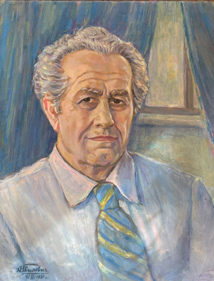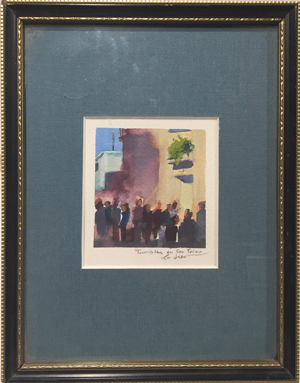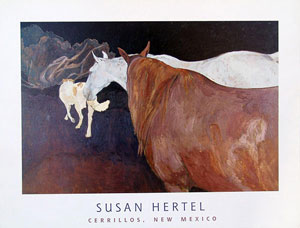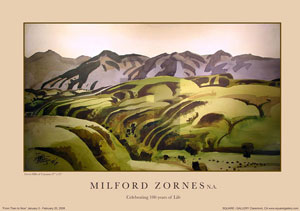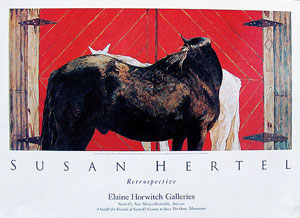
 Lithograph
LithographLithography (from Greek - lithos, 'stone' graphein, 'to write') is a method for printing using a stone (lithographic limestone) or a metal plate with a completely smooth surface. Invented in 1796 by Bavarian author Alois Senefelder as a cheap method of publishing theatrical works,lithography can be used to print text or artwork onto paper or other suitable material.
Offset Litho printing is a commonly used printing technique in which the inked image is transferred (or "offset") from a plate to a rubber blanket, then to the printing surface. When used in combination with the lithographic process, which is based on the repulsion of oil and water, the offset technique employs a flat (planographic) image carrier on which the image to be printed obtains ink from ink rollers, while the non-printing area attracts a water-based film (called "fountain solution"), keeping the non-printing areas ink-free.



